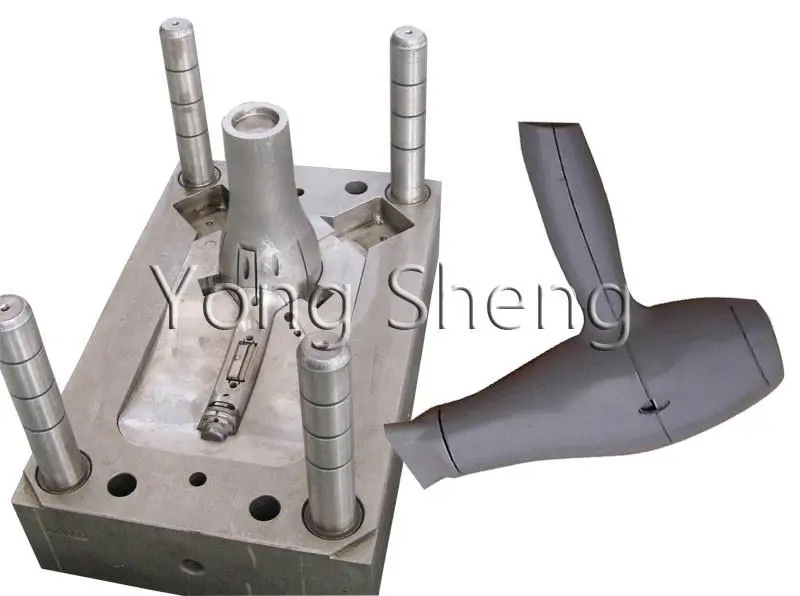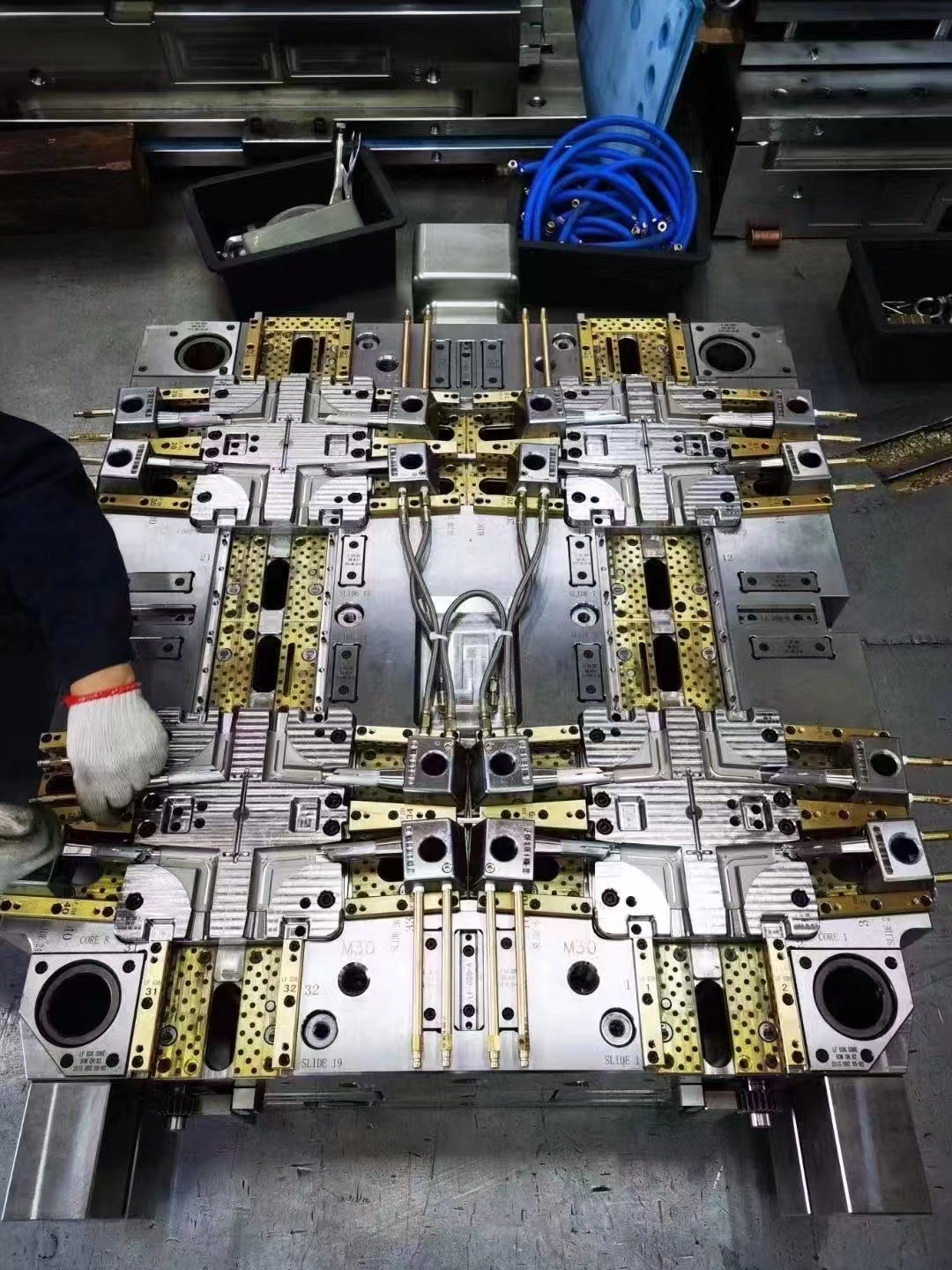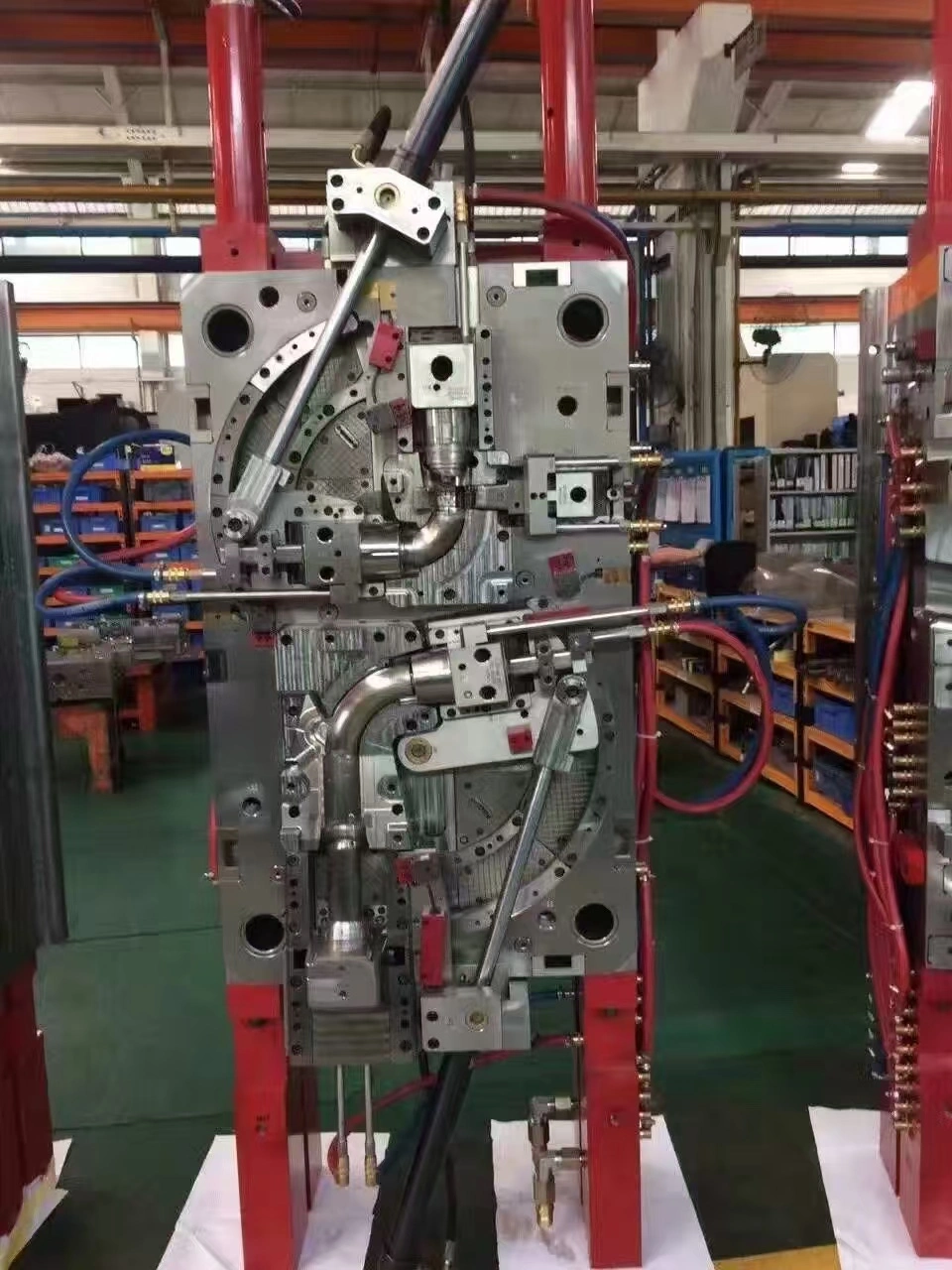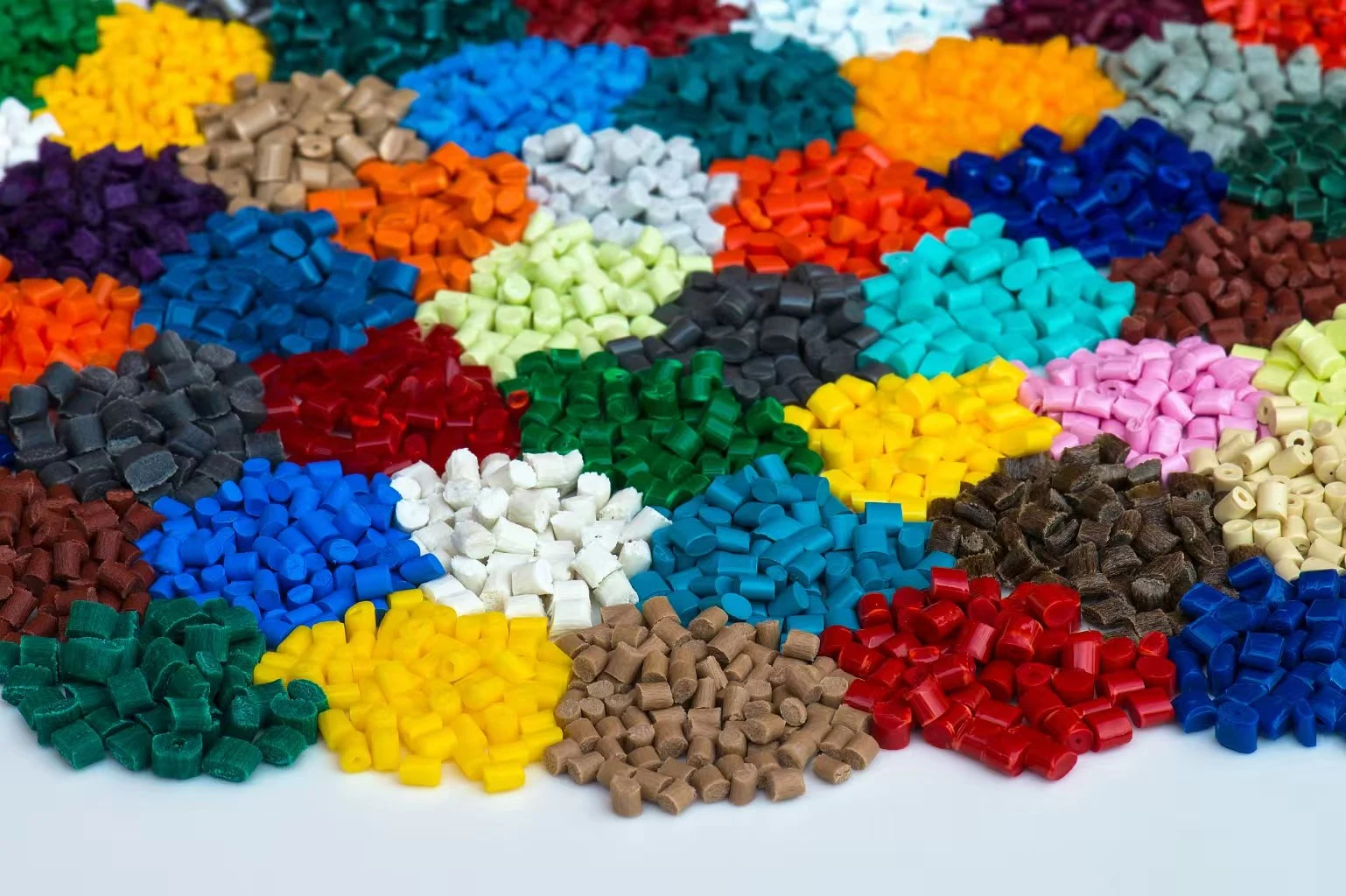How to troubleshoot defects in plastic mold production?
Toys made of plastic molds can be used to create a wide range of products, from action figures and model kits to educational tools and decorative items. Along with these, you can make things for your home or car. Even so, the quality might not be great, and the costs could go up if mistakes are made. In the end, fixing these issues will lead to better work and a smoother business. There will be posts in this section of the blog that show you how to find, study, and fix common problems that come up when you build plastic models. Plus, we'll talk about some good ways to make sure that molding plastic goes well. There will be less loss and better things for their workers if they learn these new ways to run their business. It doesn't matter how much you know about this subject; this guide will be very helpful for you.

Common Defects in Plastic Mold Production
Short Shots and Incomplete Filling
When making plastic molds, short shots and partial filling are common problems that often lead to parts that aren't fully made or don't have important features. A lack of injection pressure, a low melt temperature, or a bad gate design are some of the things that can cause these flaws. To fix these problems, makers should first make sure that the filling pressure is high enough to fill the mold hole all the way. Short shots can also be fixed by changing the melt temperature and making the gate design work better. It may be necessary to raise the holding pressure or change the cooling time in some situations. Flow analysis tools can be used to find possible problem areas and improve the mold design before production starts for complicated parts like those used in home device plastic mold design.
Sink Marks and Warpage
Sink lines and warpage are common flaws in the look and structure of plastic molding parts that can have a big effect on their quality. When a part bends or twists out of shape, this is called warpage. Sink lines look like small depressions on the surface. Most of the time, these problems are caused by uneven cooling, parts that are too thick, or gates that are not placed correctly. To fix these flaws, makers should focus on making the cooling system inside the mold work better so that temperatures are spread out evenly. Changing the shape of the part so that the wall width stays the same can also help stop sink marks. For warpage, changing where and how big the gates are can help the material move and lower the stresses inside the gate. When designing plastic molds for home appliances, where looks and usefulness are very important, using advanced cooling methods like conformal cooling channels can greatly lower these flaws.
Flash and Burrs
There is extra material called flash and burrs that form along the parting line or in small holes in the mold. This makes parts with rough edges or unwanted protrusions. These flaws might be caused by too much injection pressure, worn mold parts, or the wrong amount of mold locking force. To fix flash and burrs, makers should first look for damage or wear on the mold, especially near the core pins and splitting line. You can stop material from leaking into places you don't want it to by changing the injection pressure and locking force. In some cases, the mold design may need to be changed to add more vents or make the parting line closer better. For precise parts in home device plastic mold design, tighter quality control measures and regular mold upkeep can cut down on flash and burrs by a large amount, making parts that are smoother and more accurate.
Advanced Troubleshooting Techniques
Process Parameter Optimization
In order to fix problems in the making of plastic molds, process parameter improvement is a must. In order to get the best part quality possible, this means fine-tuning different machine settings. Impression speed, pressure, temperature, and cooling time are some of the most important factors to think about. Methodically changing one element at a time and writing down the results is what manufacturers should do. The best choices can be found with the help of advanced methods like Design of Experiments (DOE). If you want to know what will happen when you change certain parameters for complicated parts, like those in home device plastic mold design, you can use modeling software first. A strong process window set up with this method not only helps fix bugs that are already there, but it also stops problems from happening in the future.
Material Selection and Handling
Choosing the right materials and treating them correctly are very important for keeping plastic mold production from going wrong. When fixing the plastic mold, it's important to remember that different plastic resins have different handling needs and qualities. Manufacturers should make sure that the material they choose is right for the job and works with the design of the plastic mold. To avoid flaws caused by wetness, such as splay or gap formation in the plastic mold, it is important to handle materials correctly, including cleaning and storing them. When designing plastic molds for home appliances, where parts may be exposed to different environments, it is very important to choose materials that are resistant to heat, strong against force, and safe for use with chemicals for the plastic mold. Putting in place processes for checking materials and keeping strict quality control measures for the plastic mold can also help find problems before they show up in the finished product.
Mold Design and Maintenance
Plastic mold production problems can be avoided and fixed by making sure the mold is well-designed and maintained on a regular basis. To make sure that the quality of each part is the same, a well-designed mold should have the right gates, vents, and cooling. When makers try to fix problems that won't go away, they should look at the mold design to see what could be done to make it better. For example, they could improve the runner systems or use more advanced cooling methods. To stop flaws caused by mold deterioration, it's important to clean, lubricate, and check for wear and damage on a regular basis. Using advanced design methods like conformal cooling and additive manufacturing for mold inserts can greatly improve part quality and cut down on flaws in home device plastic mold design, where parts often have complicated shapes and tight tolerances. Setting up an ongoing upkeep plan and keeping track of all mold changes can help make sure that the quality of the products you make stays the same over time.
Innovative Solutions for Quality Improvement
In-Mold Sensors and Real-Time Monitoring
Real-time tracking systems and sensors built into the mold are a new way to find and fix problems in the making of plastic molds. These new technologies make it possible for companies to learn important things about the mold body's pressure, temperature, and flow during the filling process. Parts don't break because users can quickly find and fix problems with this real-time info. One type of monitor helps you get the most out of cooling processes, while another type can find short shots or flash formation. In the creation of home device plastic molds, where reliability and regularity are very important, these tracking systems can make quality control much better and cut down on the amount of scrap. As a form of preventative maintenance, the data can also be used to stop mold damage and make tools last longer.
Artificial Intelligence and Machine Learning Applications
Machine Learning (ML) and Artificial Intelligence (AI) are changing the way that companies fix problems with making plastic molds, including home appliance plastic mold design. A lot of production data can be looked at by these technologies to find trends and links that human workers might miss. AI programs can guess possible flaws by looking at past data and the current factors of a process, including in-home appliance plastic mold design. This lets changes be made ahead of time to stop problems before they happen. When designing plastic molds for home appliances, where products last a long time and a lot of them are made, AI-driven quality control systems can keep learning and getting better, responding to small changes in the material's properties or the surroundings. Machine learning models can also improve process factors in real time, which keeps part quality stable even when production conditions change, such as in home appliance plastic mold design.
Virtual and Augmented Reality in Troubleshooting
Virtual Reality (VR) and Augmented Reality (AR) technologies are emerging as powerful tools for troubleshooting defects in plastic mold production. These immersive technologies allow engineers and technicians to visualize complex mold designs, simulate production processes, and identify potential problem areas before physical prototyping. In troubleshooting scenarios, AR can overlay real-time data and instructions onto physical molds, guiding operators through inspection and maintenance procedures. For home appliance plastic mold design, VR can be used to conduct virtual design reviews, enabling teams to collaborate remotely and identify potential issues early in the development process. Additionally, AR-assisted maintenance can help less experienced technicians perform complex troubleshooting tasks by providing step-by-step visual guidance, reducing downtime and improving overall production efficiency.
Conclusion
It's hard but necessary to solve problems in home appliance plastic mold design when making plastic molds, so that production runs easily and the quality of the molds stays good. Makers can make their plastic casting processes much better by learning about common mistakes, using advanced fixing techniques, and incorporating new technologies. The blog posts this article talks about fix a lot of different kinds of bugs in home appliance plastic mold design, from using AI to run quality control systems to making process factors better. Plastic mold makers will need to keep up with these new technologies as the industry changes so they can stay competitive and keep making high-quality goods.
For more information on plastic mold production and troubleshooting services, contact Alwin Asia Limited at sales@alwinasia.com. With over 20 years of experience in plastic mold manufacturing, our team of experts is ready to assist you with your production challenges and help you achieve optimal results.
FAQ
Q: What are the most common defects in plastic mold production?
A: Common defects include short shots, sink marks, warpage, flash, and burrs.
Q: How can process parameter optimization help in troubleshooting defects?
A: Optimizing parameters like injection speed, pressure, and temperature can significantly reduce defects and improve part quality.
Q: What role does material selection play in preventing defects?
A: Proper material selection ensures compatibility with the mold design and intended application, reducing the likelihood of defects.
Q: How can in-mold sensors improve quality control?
A: In-mold sensors provide real-time data on cavity pressure and temperature, allowing for quick identification and resolution of issues.
Q: What are the benefits of using AI in plastic mold production?
A: AI can analyze production data to predict defects, optimize parameters, and continuously improve quality control processes.
References
1. Smith, J. (2021). Advanced Techniques in Plastic Mold Troubleshooting. Journal of Manufacturing Technology, 45(3), 112-128.
2. Johnson, A. & Lee, S. (2020). Artificial Intelligence Applications in Injection Molding. Polymer Processing Quarterly, 18(2), 75-92.
3. Brown, R. (2019). Optimizing Process Parameters for Defect-Free Plastic Parts. International Journal of Plastics Engineering, 32(4), 201-215.
4. Davis, M. et al. (2022). In-Mold Sensing Technologies for Quality Control in Injection Molding. Sensors and Actuators B: Chemical, 355, 131852.
5. Wilson, K. (2020). Virtual and Augmented Reality in Plastic Mold Design and Troubleshooting. Additive Manufacturing, 36, 101256.
6. Thompson, L. (2021). Material Selection Strategies for Improved Plastic Part Quality. Materials Today: Proceedings, 45, 3456-3465.

We can provide a one-stop service, including design and development, mold fabrication, production, product processing, etc.

Professional injection mold, die casting mold, plastic products OEM manufacturer


